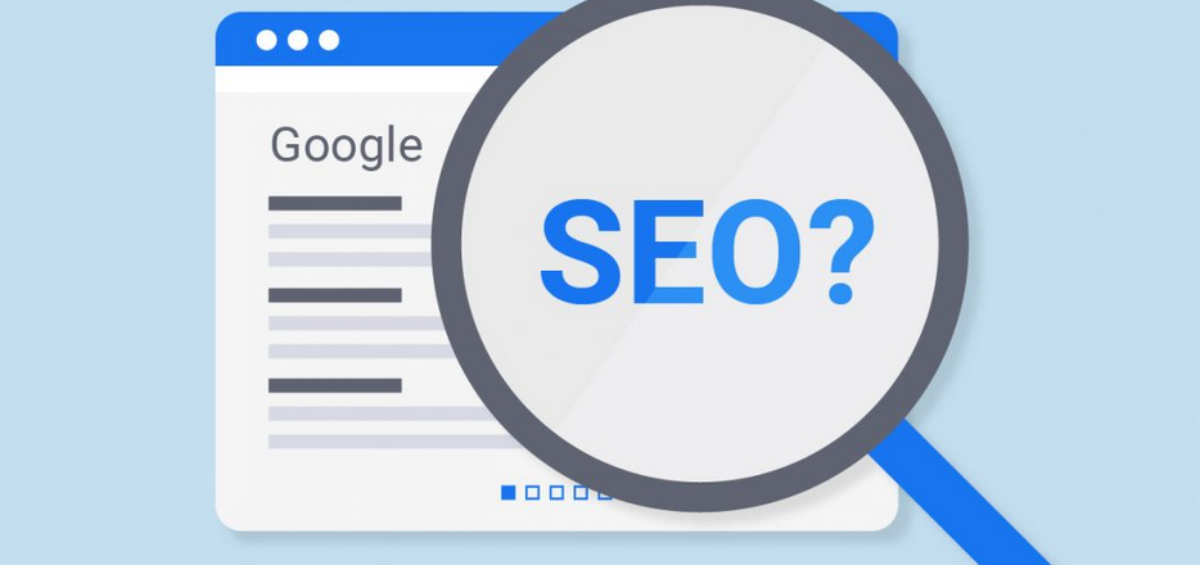In the early days of SEO a marketer would need to keep a close eye on what Yahoo, Google, and MSN were doing. Now Yahoo! is a mess, MSN isBing and Google rules 90% of Internet. One would think that this would make SEO easier since the marketer would only need to pay attention to one major player and any traction in the other search engines is a bonus. While this might have been true for a very short period of time Google soon tightened up the ship and began its attack on low quality sites. While there’s been a great deal of complaining about this, from a high-level Google has done an amazing job in cleaning up a very messy Internet. Spam sites which used to dominate the top 10 search results for many major keywords are now gone, and probably forever. So while this is an incredible pain for terrible webmasters, for producers of quality content and reputable site managers interested in taking care of its clients, it’s an incredible boon.
That being said it would appear that Google has begun an unprecedented search for low quality sites by way of Google Webmasters Tools. Many quality sites received a troubling e-mail from Google Webmaster Tools earlier this year. If you did, believe me you are not alone. In January and February 2012 Google sent out over 700,000 messages using Google Webmaster Tools. Never before in the history of Google has anything like this happened, in fact Google didn’t send out this many messages in 2010 and 2011 combined.
Google Cracks Down
This troublesome e-mail or e-mails probably contains a warning from Google stating that your site has suspicious inbound links. This incredibly vague message was designed to scare the webmaster straight. By this I mean the message contains no valuable information in which the take action on, and Google’s definition of a suspicious link could mean almost anything. The purpose here is to freak out the webmaster to the point where they will discontinue any “suspicious”SEO activities, and avoid them like the plague in the future. So what are some suspicious linking strategies? Although it’s hard to cite specifics, through SEO osmosis we have learned that the following is not good:
- Site network links
- Paid links
- Hidden or deceptive links
- Links from bad neighborhoods
- Off-topic reciprocal links
Notice I specifically said that the above is not good; I didn’t say it was bad. For something to be bad it would actually have to carry a penalty and for the most part the above linking strategies don’t have inherent penalties associated with them. So although their links won’t directly harm you, they won’t help you at all.There are however rare cases wherethe vast majority of a link profile is filled with these types of terrible links and little to no authority. In this case it is possible to pick up a penalty, but you’ll probably never know it’s there. Everything in moderation is often a mantra I hear SEO professionals throw around and for the most part it’s a good idea.
Organic Links
Another word I hear thrown around is “organic” links and how they are so much more valuable than links marketers seek out directly. There is some truth to this but if one understands how link profiles look you could actually replace the word “organic” with “chaotic”. That sounds strange but the more organized and specific your link profile is the less natural it appears. Organic links have all types of link text including the URL, random words, keywords, and images. If 80% of your inbound links are keyword specific you start looking a little fishy. Of course total chaos isn’t the best idea either, and you are going to want keyword specific links in the mix. Above all else what you truly want are quality links. So what are quality links? They are:
- One way inbound links
- Contextual
- From authority sites
- Can be crawled
- Deep links (from internal content to internal content)
The above are attributes webmasters would want for all of their links. You will never get all of this on every link, but this is what you would strive for. Ultimately what Google is trying to do is devalue bad links. This means the penalty is associated with the site linking out, not the site receiving the link. This has been seen most recently in the devaluation of huge blog network links. For me when I’m thinking of links I try to take the simplest approach in making sure a link has value. So here is my link building mantra boiled down to its simplest form:
“The easier a link is to get, the less value it has.”
This isn’t always true of course, but 90% of the time it is. This is why internal blog networks, reciprocal links, paid links, and any link building strategy that is automated simply brings little or no value in SEO today. Google wants to make sure that any link represents an actual vote from one site to another implying value. It’s not perfect but the Internet is a much cleaner place than it was for the Google police showed up.
Jon T. Norwood is an owner of Web Exordium, and contributes regularly to Compare Credit Cards.














Sure hope they get rid of those useless revers phone look up scam sites soon!
Nothing pisses me off more then those useless sites when you trying to find a number! Such a scam and waste of internet!
Wow!!! I think this article will surely helps to the SEO professional, specially to the beginners. Thanks for sharing this article.